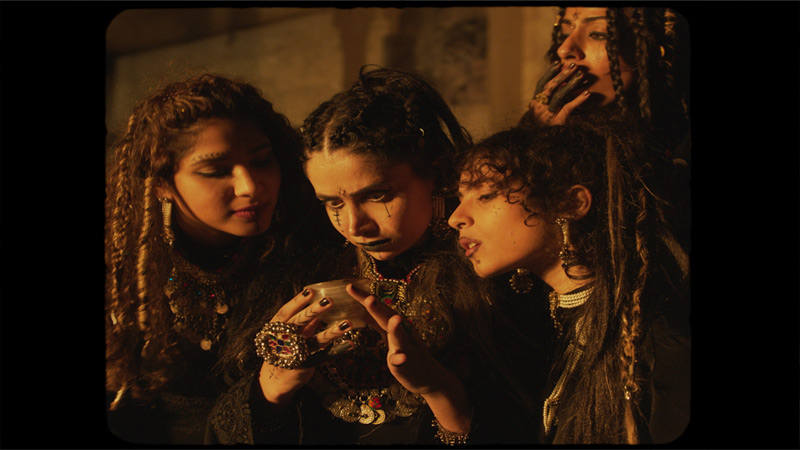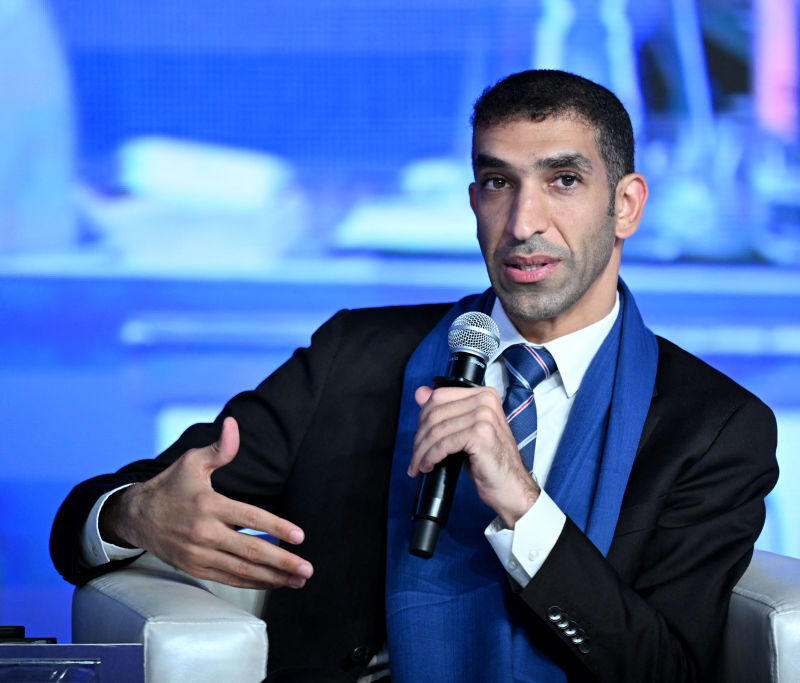
From the film, "Yallah Yallah Beenah," by Mohammed Hammed
Saudi art show examines the impact of change on the places people love
Prayer-filled walls, a lone tree in Baghdad, watercolors from Gaza stand out in works from 28 artists at the Ithra Center
DHAHRAN, Saudi Arabia – Brick fragments and pieces of coral, stone and wood are held loosely together to form a wall. Slips of paper containing prayers and Islamic texts sprout from the cracks.
Created out of construction rubble from...



